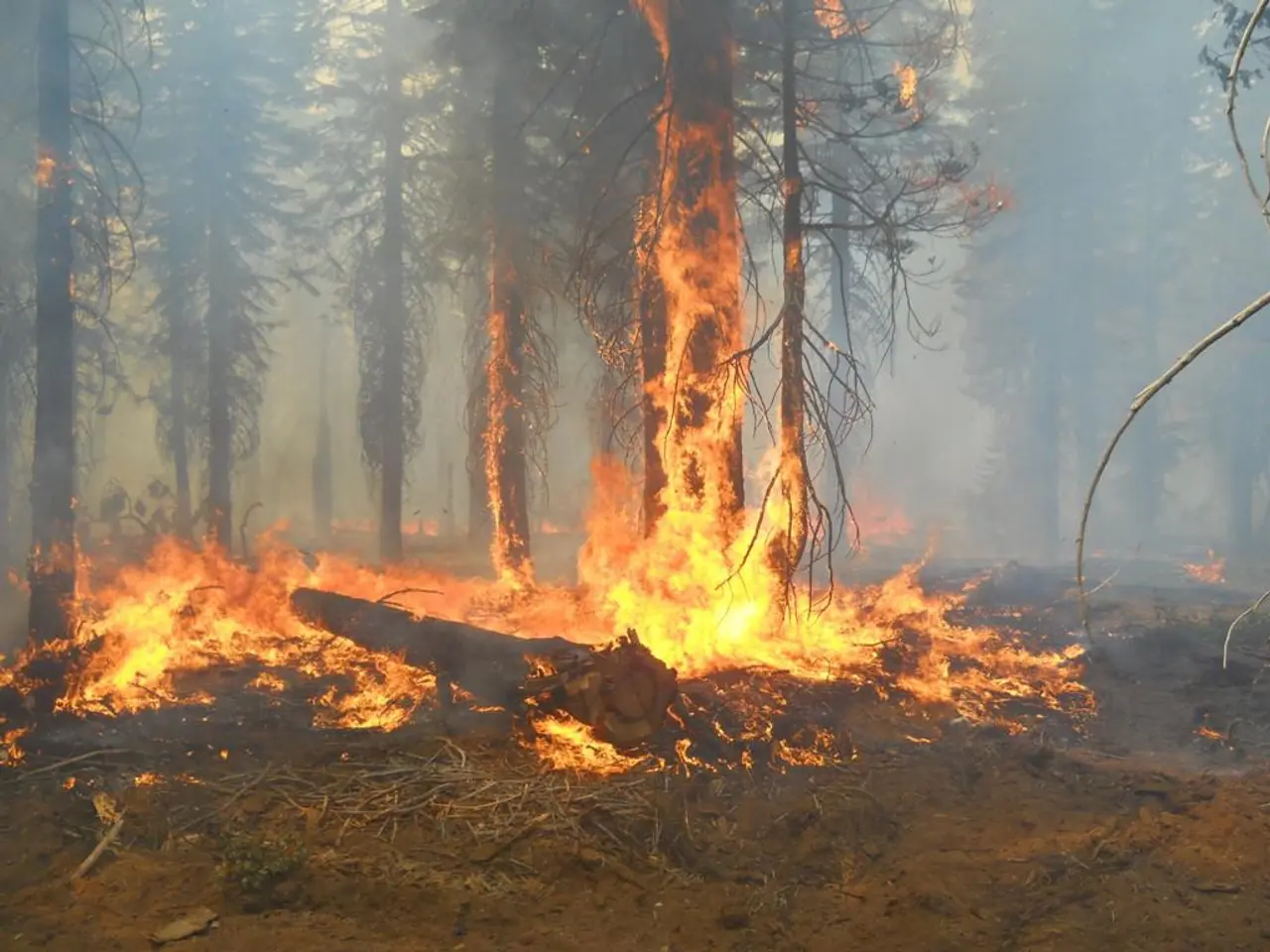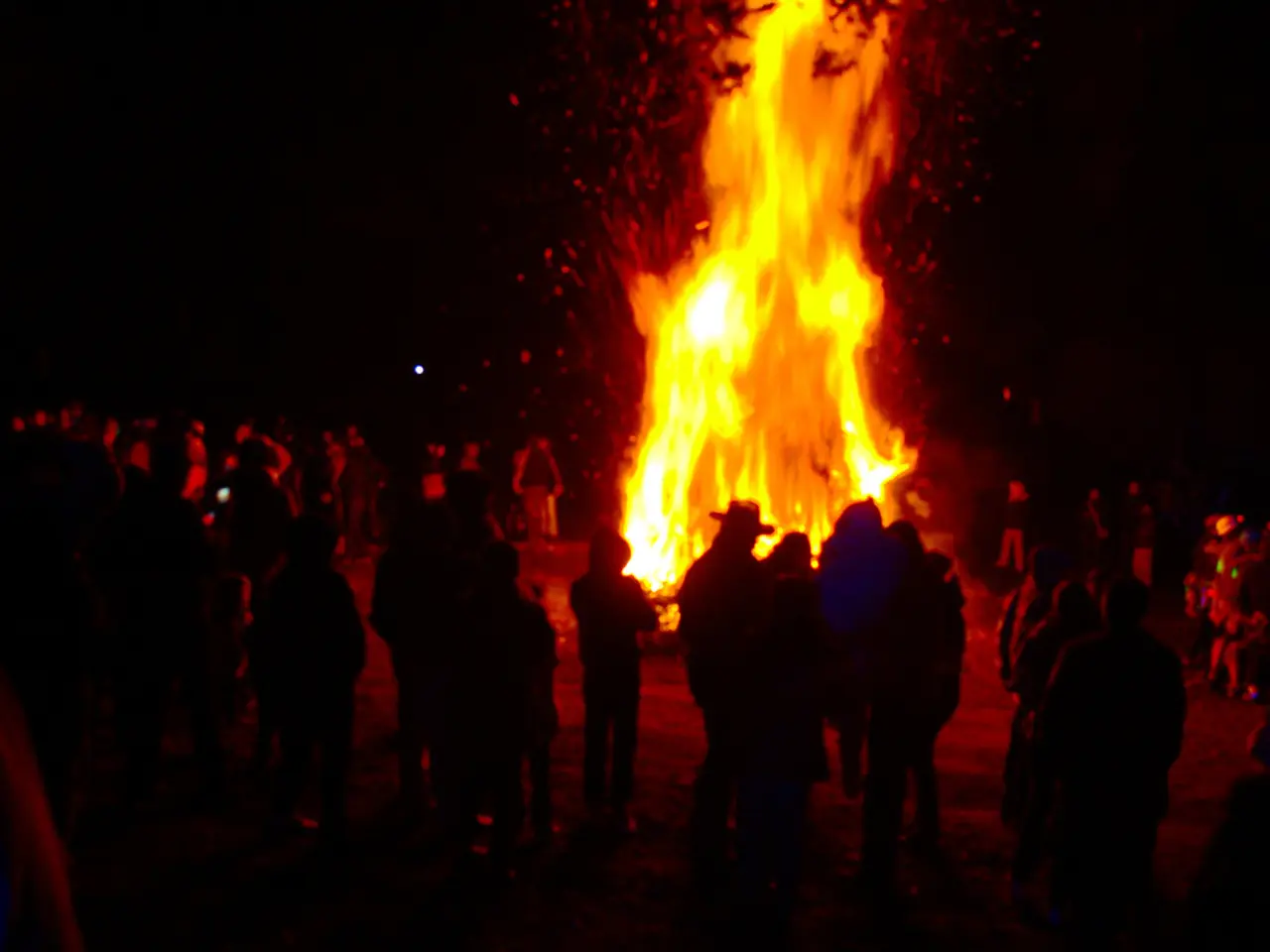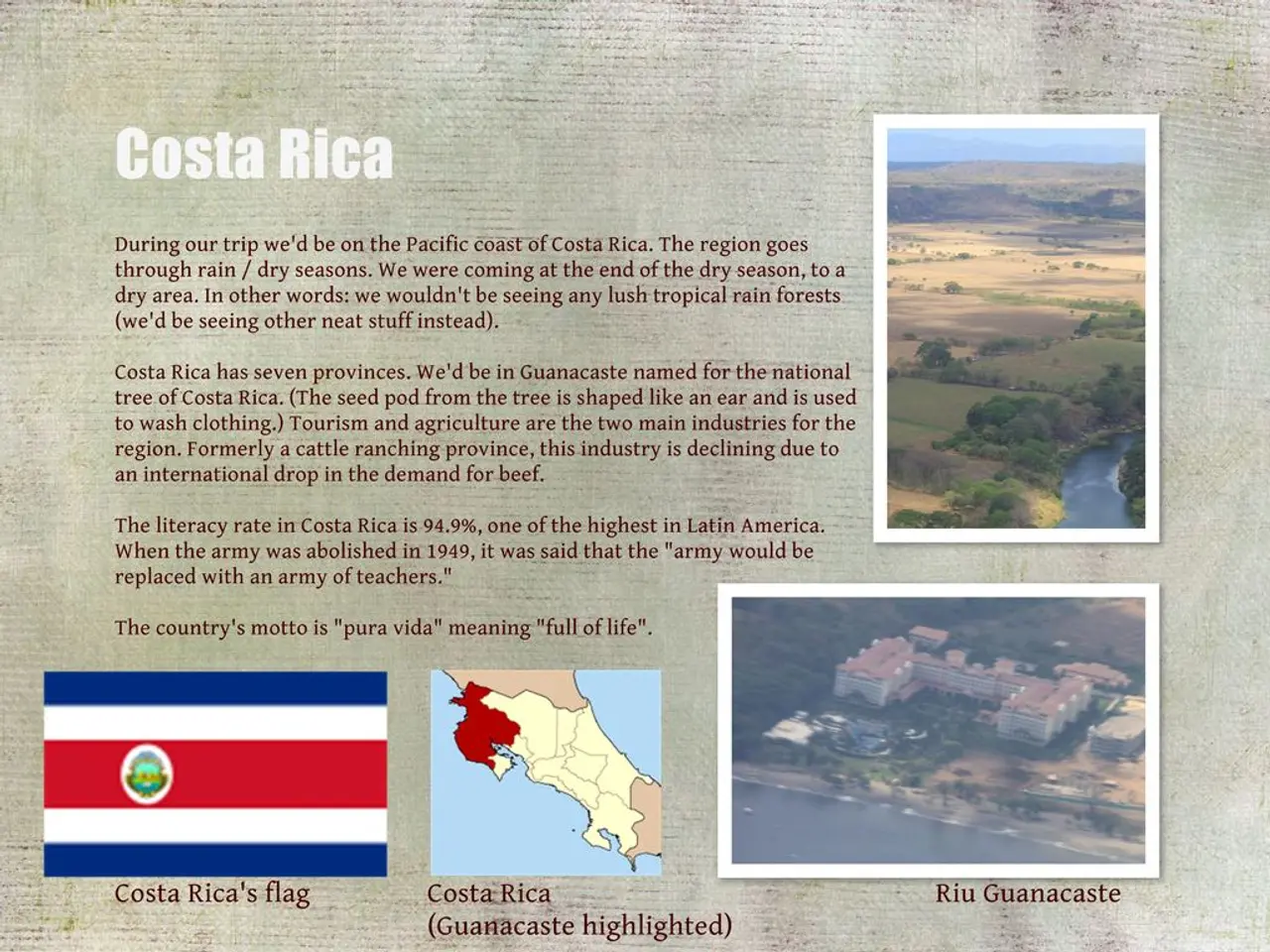Minimal chance of woodland blazes in Brandenburg region.
With a damp and chilly Pentecost weekend in sight, the forest fire risk across Brandenburg starts off relatively low. As per the Ministry of Agriculture and Forestry, the risk sits between levels one and two on a five-point scale, depending on the region. Areas like Potsdam-Mittelmark and Prignitz are at level 1 (minimal risk), while Uckermark, Teltow-Fläming, Spree-Neiße, and Cottbus see slightly higher risks, both at level 2 (moderate risk).
Initially, the ministry had anticipated a rise in forest fire risk before the weekend.
Being home to expansive pine forests, low rainfall, and sandy soil, Brandenburg holds the title of the state with the highest forest fire risk in the nation, according to the state forestry authority. By the end of May, Brandenburg firefighters had been dispatched to 125 forest fires this season.
While the immediate risks seem manageable, it's essential to understand that climate change, land management practices, and natural conditions contribute to the varying levels of forest fire risks. These factors have led to more frequent, severe heatwaves and droughts over the years, posing significant threats to forest health.
Germany, including Brandenburg, has observed rising temperatures and alterations in precipitation patterns, further exacerbating fire risks. To confront these challenges, the German Strategy for Adaptation to Climate Change includes measures to improve and adapt forest management, emphasizing forest health and resilience. The strategy aims to revise and update forest management plans and climate adaptation measures by 2033.
Historically, regions within Brandenburg have faced increasing forest fire risks due to warmer and drier conditions over the past few decades. Incidentally, the worst forest fire season in the past 20 years has been recorded, underlining the growing threat.
By comparison, Brandenburg shares climate-related difficulties with nearby states such as Mecklenburg-Vorpommern and Saxony. Yet, regional conditions and land use practices can significantly impact local fire risks. For instance, Saxony's lack of comprehensive energy transition plans might indirectly affect forest management and fire risk through land use decisions.
At a national level, Germany's forest fire risk is escalating due to climate change. The focus remains on adaptive forest management and bolstering resilience across different regions. Simultaneously, there are ongoing research initiatives aimed at monitoring forest regrowth after wildfires and evaluating forest fire susceptibility in northeastern Germany. These studies aim to provide insights for managing future risks effectively.
- The varying levels of forest fire risks in Brandenburg are influenced by factors such as climate change, land management practices, and natural conditions, which have led to more frequent, severe heatwaves and droughts in recent years.
- As part of the German Strategy for Adaptation to Climate Change, measures are being taken to improve and adapt forest management in Brandenburg, with a focus on forest health and resilience, in an effort to confront the challenges posed by rising temperatures and alterations in precipitation patterns.








